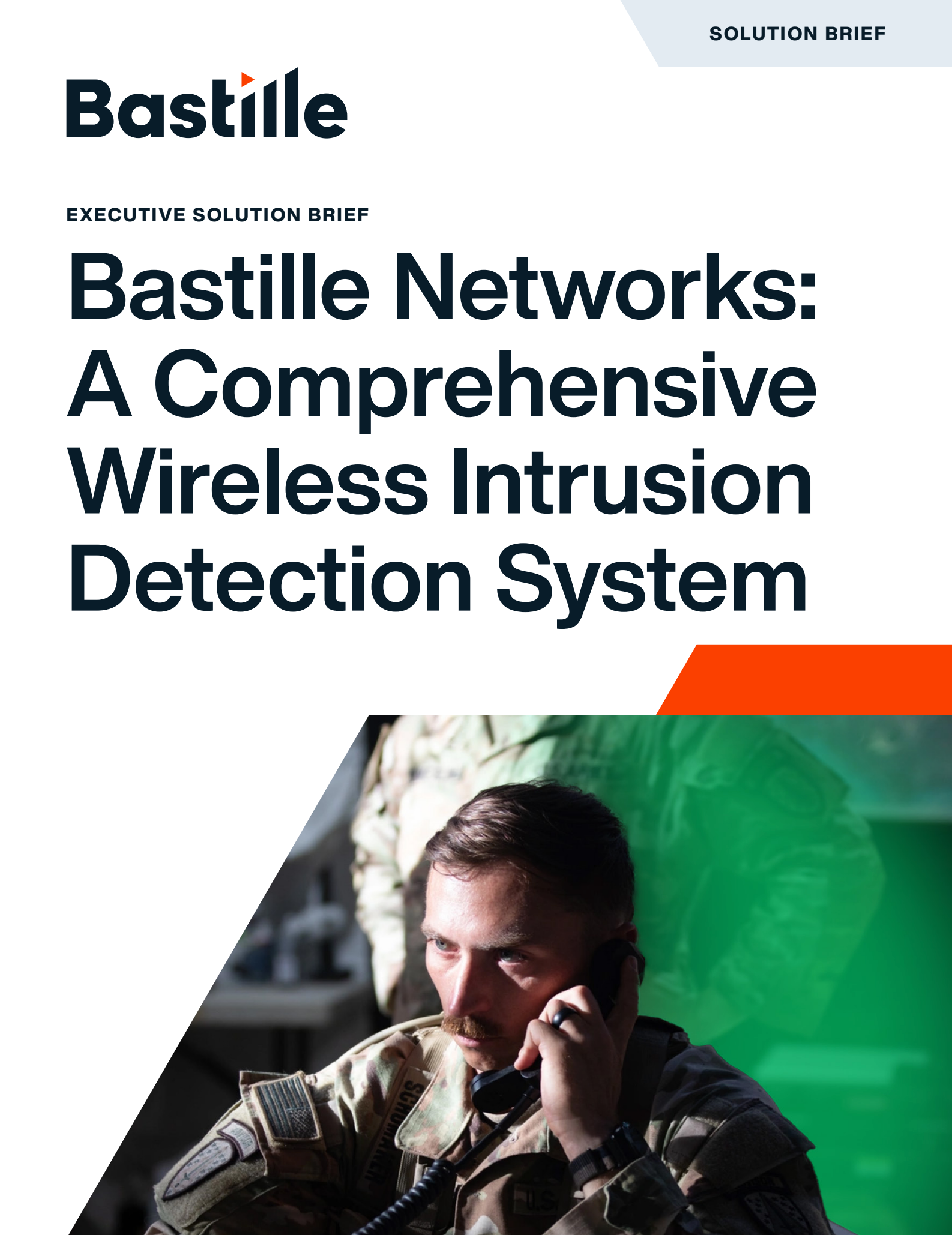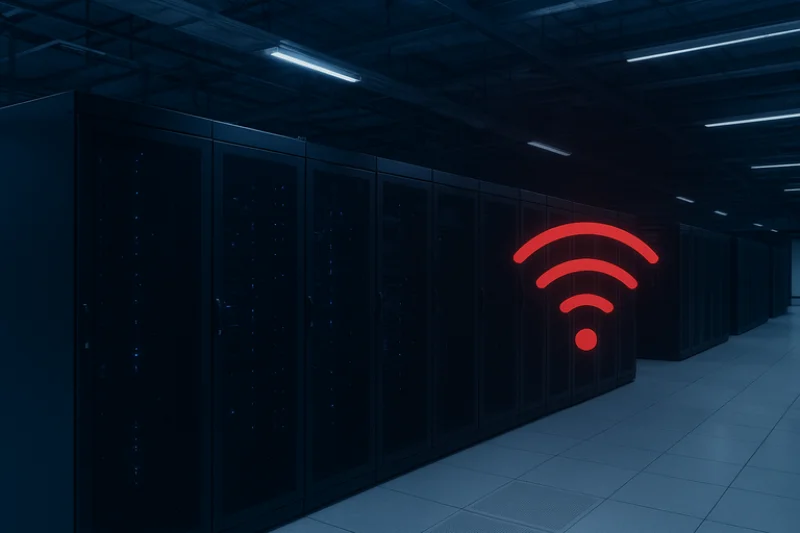
Unauthorized cell phones inside secure facilities, data centers, healthcare environments, and government buildings represent a growing insider threat. These devices can be used for:
- Data exfiltration through cellular or Bluetooth connections.
- Unauthorized recordings of sensitive conversations or intellectual property.
- Regulatory compliance violations under HIPAA, PCI DSS, ITAR, and NIST.
Traditional IT security tools often miss these devices because they operate outside the wired and Wi-Fi network. That’s why organizations are turning to advanced RF monitoring to both detect and locate unauthorized cell phones in real time.
Why Unauthorized Cell Phones are a Security Risk
Insider Threats
Employees, contractors, or visitors may carry personal phones that bypass security policies and create hidden wireless channels.
Data Leakage & Surveillance
Rouge devices can record, transmit, or livestream sensitive information without detection.
Compliance Violations
Many regulations mandate device monitoring and control in secure areas. Unauthorized cell phones can put certifications and contracts at risk.
Methods to Detect Unauthorized Cell Phones
Wi-Fi & Bluetooth Detection
Basic monitoring tools can identify devices connected to or probing for wireless networks. But these solutions only cover a fraction of modern communication channels.
Cellular Signal Monitoring
Some solutions attempt to monitor for cellular activity inside restricted zones, but they typically lack device-level attribution and cannot pinpoint location.
RF Spectrum Monitoring
The most effective approach is to monitor the entire RF spectrum, not just Wi-Fi. This includes cellular, Bluetooth, ZigBee, LoRa, and other wireless protocols.
Why Location Tracking is Critical
Detection alone isn’t enough. Security teams need to know exactly where a rogue cell phone is operating:
- Pinpoint the device to a room or desk.
- Respond in real time to enforce “no-phone” policies.
- Build an evidentiary record for compliance audits.
Without location data, organizations are left chasing alerts without actionable intelligence.
Limitations of Traditional Detection Systems
- Wi-Fi-only blind spots: Cannot detect cellular or IoT-enabled devices.
- Carrier-dependent monitoring: Requires cooperation from telecom providers, limiting visibility.
- No geolocation: Most tools only flag presence, not location.
These gaps leave organizations vulnerable to RF-based insider threats.
How Bastille Detects and Locates Unauthorized Cell Phones
Bastille goes beyond traditional systems with full-spectrum RF monitoring and real-time device location tracking.
- Comprehensive RF visibility: Detects devices across cellular, Wi-Fi, Bluetooth, ZigBee, and IoT protocols.
- Accurate location mapping: Pinpoints unauthorized devices within a facility.
- Continuous monitoring: Provides 24/7 protection for sensitive environments.
- Compliance support: Helps enterprises meet HIPAA, PCI DSS, ITAR, and NIST requirements.
With Bastille, security teams gain both detection and location intelligence, enabling proactive enforcement of “no-phone” policies.
Steps to Reduce Insider Device Risks
- Identify all unauthorized devices entering restricted areas.
- Deploy continuous RF monitoring to track devices in real time.
- Enforce policies with location-based intelligence for rapid response.
Conclusion
Unauthorized cell phones present a serious risk to secure environments. Detecting them is not enough — organizations need the ability to locate and respond before data or compliance is compromised.
Request your demo of Bastille’s advanced RF monitoring solution here.




